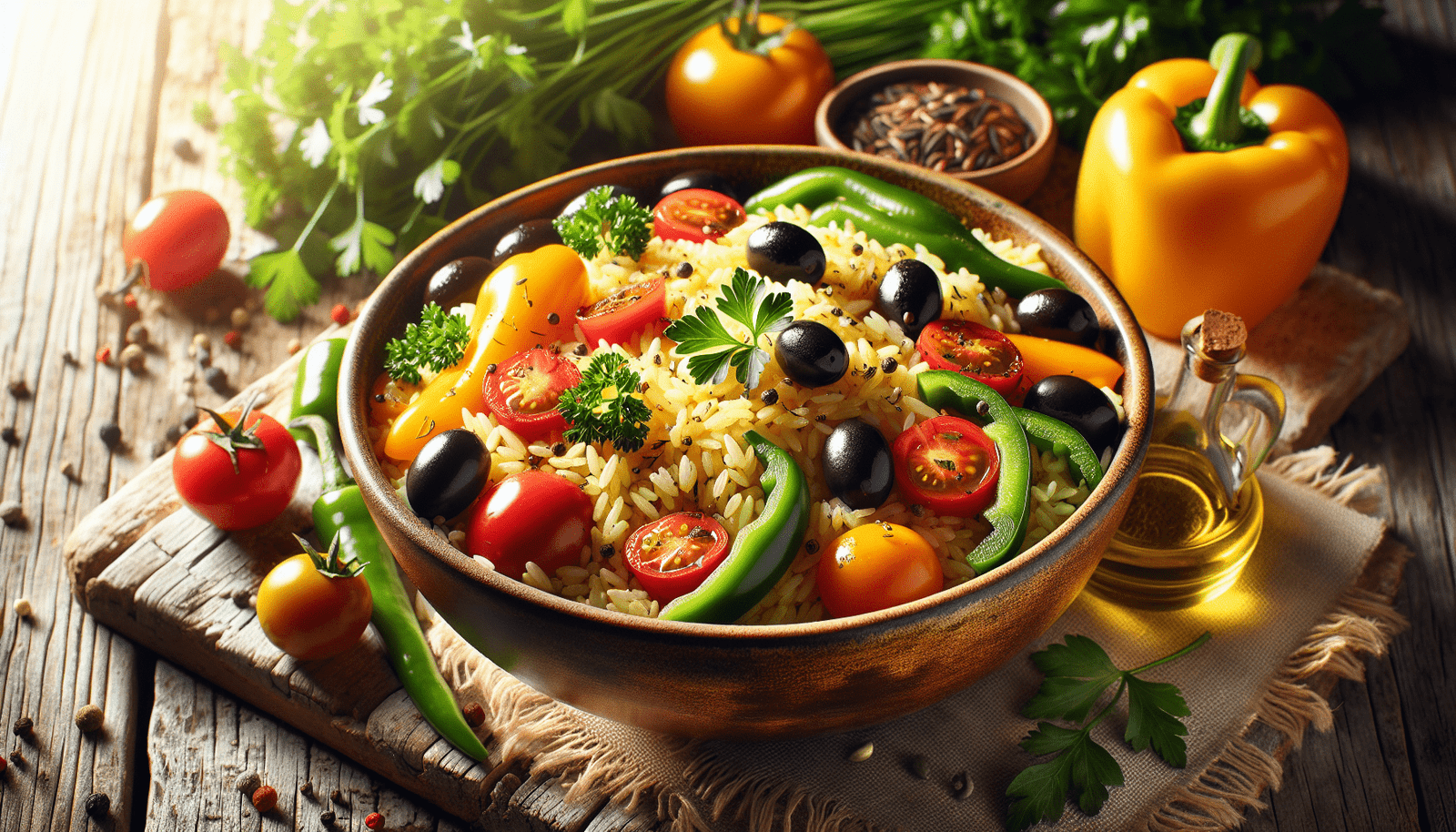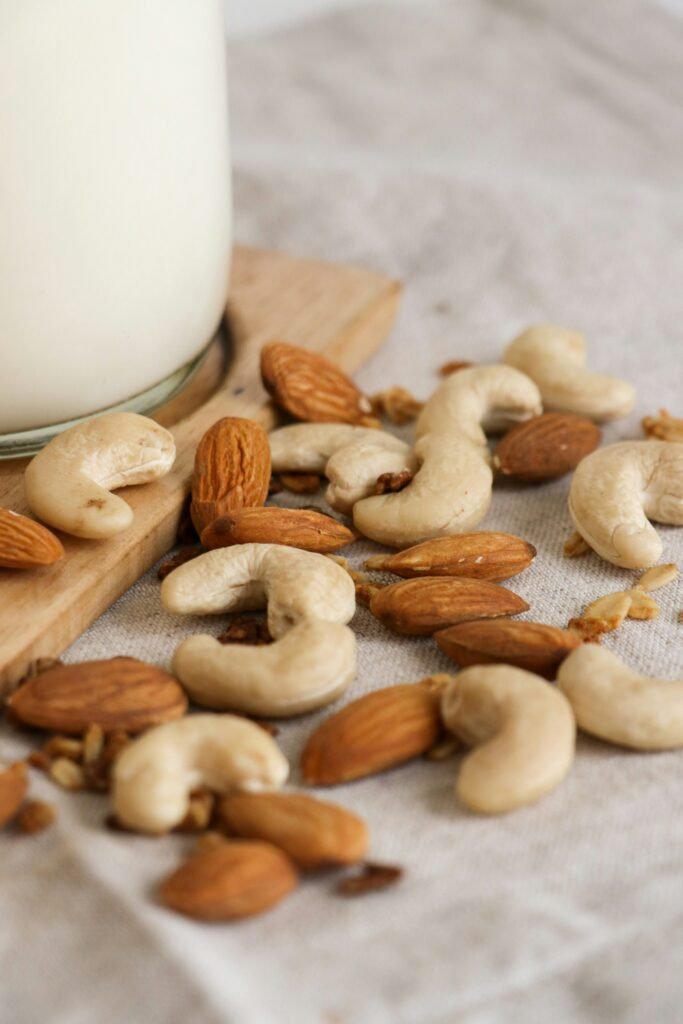Is rice a staple food in your kitchen? You might be wondering how this favorite grain fits into the Mediterranean diet. Let’s take a closer look at rice, its place in this popular eating pattern, and how you can enjoy it while still adhering to the principles of the Mediterranean lifestyle.
What is the Mediterranean Diet?
The Mediterranean diet is more than just a way of eating; it embodies a whole lifestyle that emphasizes health, enjoyment, and balanced living. Originating from countries bordering the Mediterranean Sea, this diet includes a variety of foods that are fresh, seasonal, and local.
Key Components of the Mediterranean Diet
-
Fruits and Vegetables: These form the foundation of meals, packed with vitamins, minerals, and antioxidants.
-
Whole Grains: Whole grain products are preferred over refined grains for their higher fiber content and better nutritional profile.
-
Healthy Fats: Olive oil is the primary source of fat, known for its heart-healthy properties. Nuts and seeds also contribute to this category.
-
Lean Proteins: Fish and poultry are encouraged, with limited red meat intake. Legumes also play a prominent role.
-
Dairy: Mainly consumed in moderation, with a focus on low-fat options like yogurt.
-
Herbs and Spices: These add flavor and nutrients without the need for excessive salt.
-
Wine: If you enjoy wine, it can be consumed in moderation as part of meals.
Why Focus on the Mediterranean Diet?
Research suggests this dietary approach is associated with numerous health benefits, including heart health, improved cognitive function, and better weight management. Its emphasis on whole foods and balanced nutrition aligns well with modern dietary recommendations.
Is Rice Part of the Mediterranean Diet?
You might be surprised to learn that rice isn’t a dominant feature in traditional Mediterranean cuisine. However, it doesn’t mean that it’s excluded from this dietary pattern.
Types of Rice Commonly Used
While traditional Mediterranean dishes may favor other grains, such as bulgur or farro, rice does make appearances in various regional cuisines. Here’s a list of some rice types that can fit into the Mediterranean diet:
| Type of Rice | Description |
|---|---|
| Arborio Rice | Commonly used in risottos, it’s creamy and starchy. |
| Basmati Rice | Long-grain rice, fragrant, and light. Excellent in pilafs. |
| Jasmine Rice | Aromatic and slightly sticky, great for pairing with stir-fry. |
| Brown Rice | Whole grain option richer in nutrients and fiber than white rice. |
Nutritional Considerations
When thinking about including rice in your meals, you might be curious about its nutritional value. Here’s a quick comparison:
| Nutritional Value | White Rice (1 cup cooked) | Brown Rice (1 cup cooked) |
|---|---|---|
| Calories | 205 | 218 |
| Carbohydrates (g) | 45.8 | 45.8 |
| Fiber (g) | 0.6 | 3.5 |
| Protein (g) | 4.3 | 5.0 |
| Fat (g) | 0.4 | 1.6 |
From this comparison, you can see that brown rice packs a greater nutritional punch, especially with its fiber content. Fiber is vital for digestive health, so consider switching to brown rice when possible.

How to Incorporate Rice into the Mediterranean Diet
If you’re keen on including rice in your Mediterranean meals, several methods can help you stay aligned with the diet’s principles.
Make Delicious Rice Salads
Rice salads are an excellent way to incorporate grains while adding lots of veggies. Think of mixing cooked brown rice with cherry tomatoes, cucumbers, bell peppers, and a drizzle of olive oil. Add herbs like parsley or basil for extra flavor.
Use Rice as a Side Dish
Instead of having rice as the main attraction, use it as a side with grilled fish or a chicken dish. Pair it with a Mediterranean sauce like tzatziki or a fresh salsa made from tomatoes and olives.
Mixing with Vegetables and Legumes
Combine rice with vegetables and legumes to create a nutritious and filling meal. Cook a mix of brown rice with lentils, sautéed spinach, and a sprinkle of feta cheese. This combination is hearty and reflects the Mediterranean emphasis on plant-based foods.
The Role of Portion Control
When you eat rice, keeping portion sizes in check is crucial, especially if you are conscious about carbohydrates. A healthy serving for rice is about one cup cooked.
Balancing Your Plate
As you consider your meals, aim to fill half your plate with non-starchy vegetables, a quarter with a protein source, and the remaining quarter with whole grains like brown rice. This approach helps maintain balanced nutrition while allowing you to enjoy rice.

Rice in Traditional Mediterranean Dishes
Although rice isn’t a staple like pasta or bread in Mediterranean cooking, it finds its way into various classic dishes.
Risotto
Originating from Italy, risotto is a creamy rice dish typically made with Arborio rice. It can be enhanced with seasonal vegetables and aromatic herbs, embracing the Mediterranean flavor profile.
Paella
This Spanish dish showcases rice as the base, mixed with saffron, seafood, and vegetables. It’s an excellent way to enjoy rice along with numerous healthful ingredients.
Dolmas
These grape leaves stuffed with rice and herbs are a popular dish in many Mediterranean countries. You can make them at home using brown rice for a healthier twist.
Health Benefits of Rice
Including rice in your diet can offer a variety of health benefits, especially when combined with other nutritional elements present in the Mediterranean diet.
Provides Energy
Rice is a great source of carbohydrates, your body’s primary energy source. This is particularly useful when combined with proteins and healthy fats found in the Mediterranean diet.
Gluten-Free Option
For those with gluten sensitivities or celiac disease, rice is a naturally gluten-free grain. It allows you to enjoy meals without worrying about gluten exposure.
Supports Digestive Health
Whole grain rice, packed with fiber, aids in maintaining a healthy digestive system. Adding it to your diet can help regularize your digestive functions.

Tips for Choosing and Preparing Rice
When you decide to include rice in your diet, there are a few things to keep in mind to maximize its health benefits.
Opt for Whole Grain
Choosing brown rice or other whole grain varieties will provide more nutrients than white rice. The fiber content in whole grains supports digestive health and provides a feeling of fullness.
Wash Before Cooking
Rinsing rice before cooking can help remove excess starch and prevent it from becoming too sticky. This simple step can enhance the texture and overall dining experience.
Cooking Techniques Matter
Steaming or boiling rice instead of frying can keep the calorie count lower and maintain the nutritional value. Pair it with broths or infuse it with herbs for added flavor without extra calories.
Common Misunderstandings
Some people may have misconceptions about including rice in the Mediterranean diet. Let’s clarify a few of them.
Myth: Rice is Not Healthy
When prepared correctly and consumed in moderation, rice can be a healthy component of your diet. It simply depends on the type you choose and how you balance it with other food groups.
Myth: You Can’t Enjoy Carbs
While the Mediterranean diet does encourage a lower intake of refined carbohydrates, it doesn’t mean that all carbs are off-limits. The focus is on quality, so prioritizing whole grains can still allow for healthy carb consumption.

Conclusion
Rice can undeniably find its place within the Mediterranean diet. Acknowledging its nutritional value and preparing it thoughtfully will enable you to enjoy this versatile grain without compromising the essence of the Mediterranean lifestyle.
As you work to integrate rice into balanced meals, don’t forget that moderation and variety are keys to a healthy diet. Whether you choose risotto, paella, or a hearty rice salad, enjoy the process of crafting wholesome and delicious meals. By embracing the Mediterranean approach, you’re not only nourishing your body but enhancing your overall well-being.



